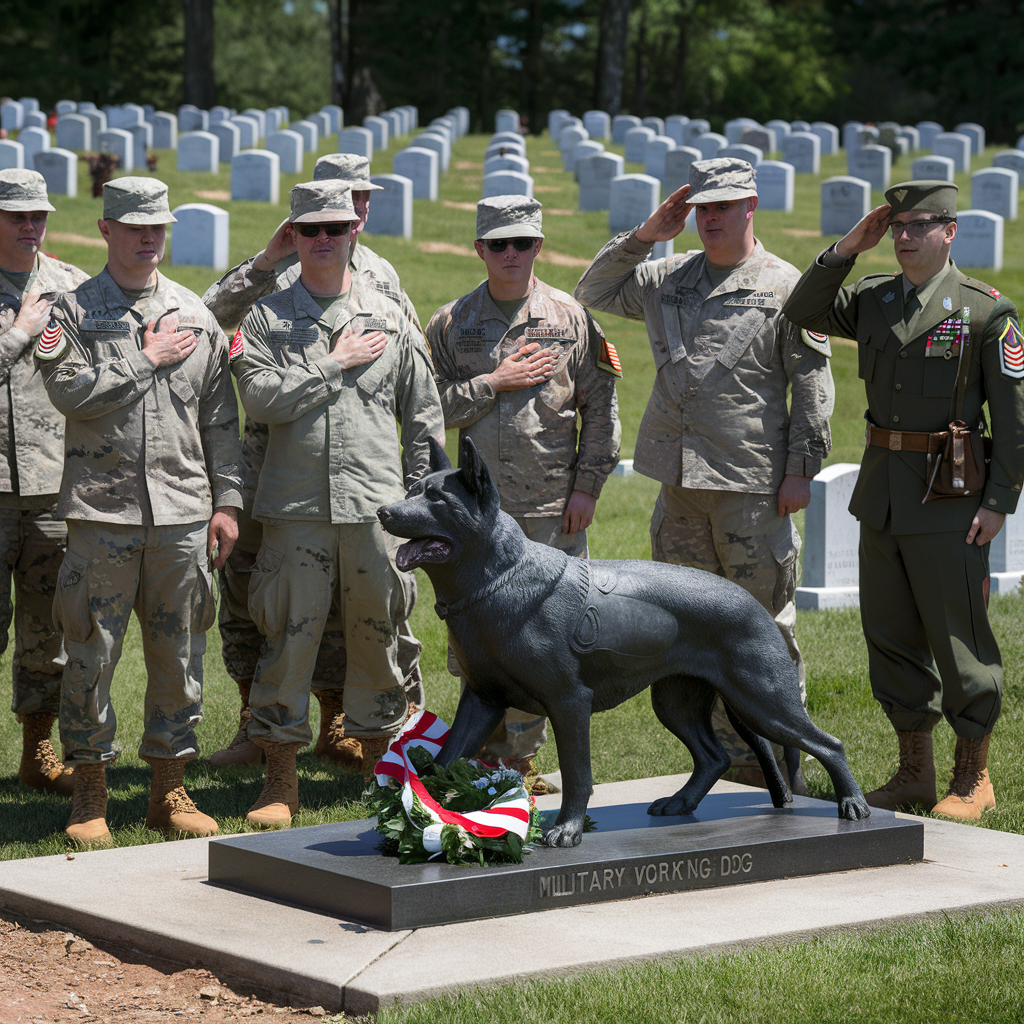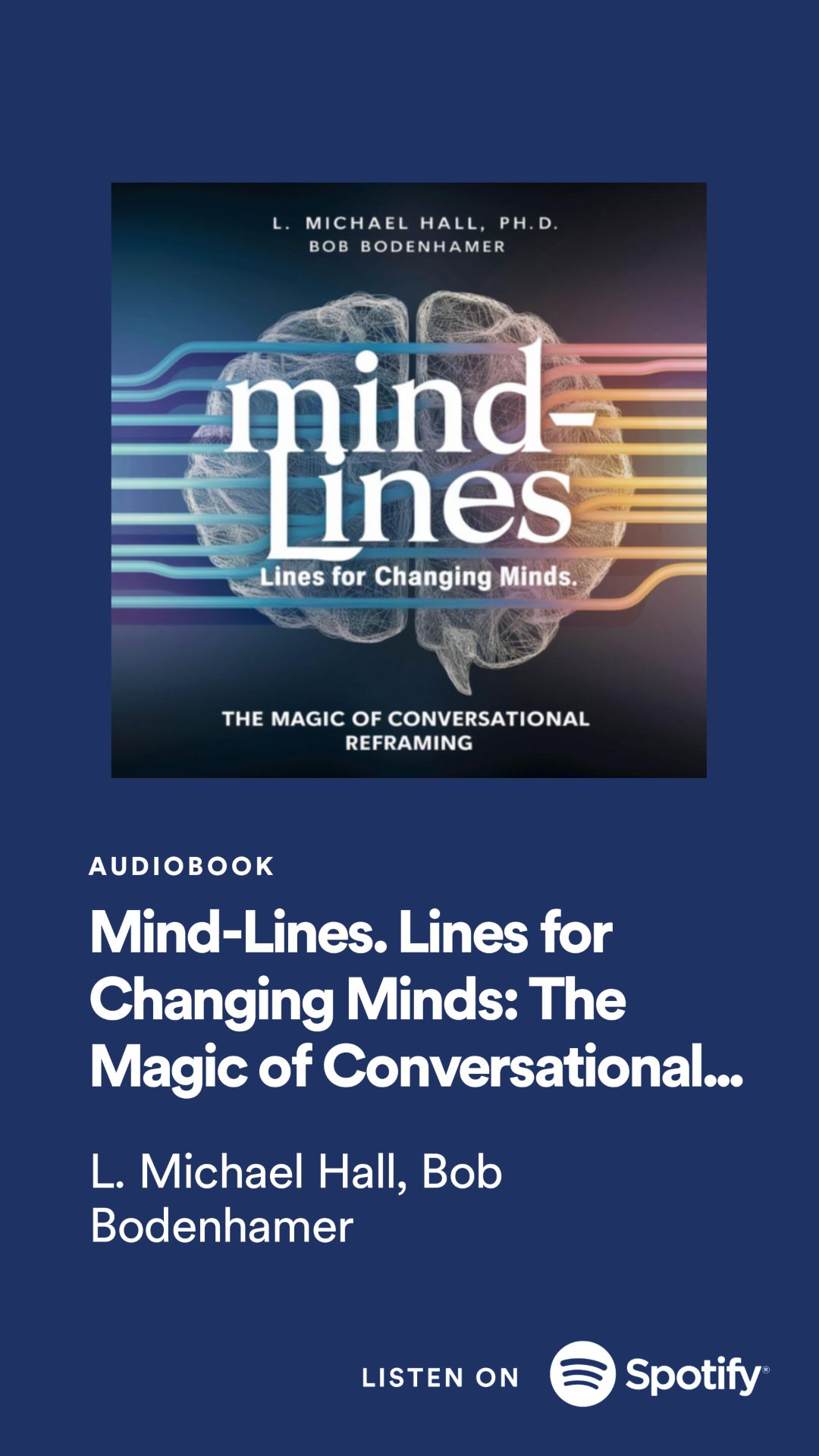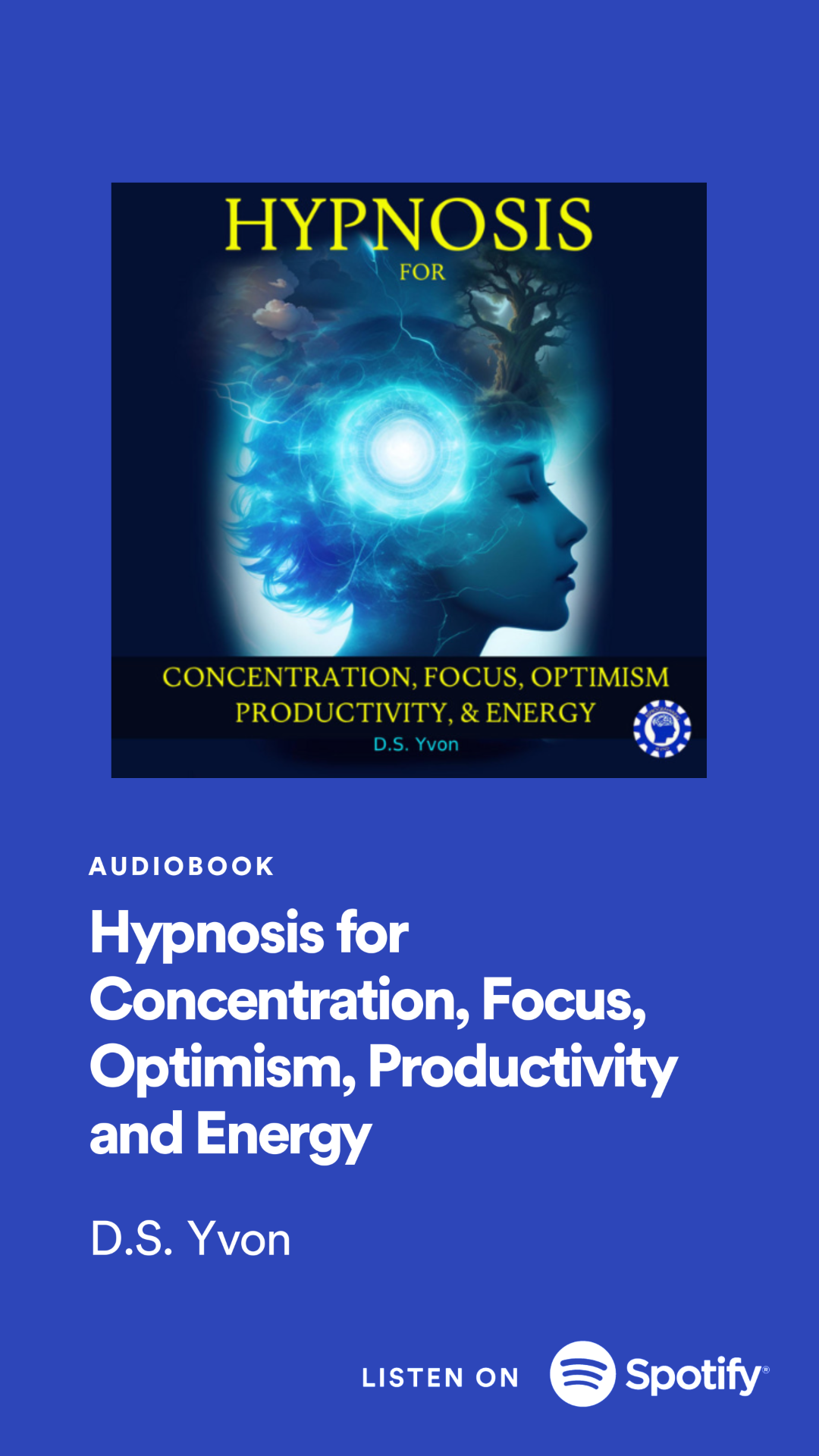This is an excerpt about a Vietnam veteran that got over several traumatic memories and one of them was about how he got over the death of his service dog, Rex, by using a framework for reconsolidating (rewriting) memories.
By using this strategy, 'Clinical observations included the cessation of nightmares and flashbacks, the ability to re-tell the trauma narrative with a SUDS rating of 0, a fluid, fully detailed recall of the index trauma, and personal and family reports of positive adjustment.'
Carl was a talkative, thoughtful, reflective Vietnam vet who reached out for psychological assistance in 1984 for anger and “doing dangerous things that weren’t me”.
He was diagnosed with PTSD, major depression, and was prescribed Prozac, which he had been taking for the past 34 years, along with sleep medications. Carl was an experimental subject, which meant that after qualifying to participate in the study he would immediately receive three individualized treatment sessions with the Reconsolidation Traumatic Memories protocol, with no waiting period. Follow-up interviews and measurements happened again at 2 week, 6 week, 6 month and 1 year intervals.'
'Pre-screen. At the Pre-screen, four different trauma events were reported. Carl easily qualified for the study due to three factors. First, Carl showed fast rising autonomic arousal when speaking of each event. Second, Carl was experiencing weekly trauma related nightmares and flashbacks. Third, his pre-treatment scores on the PCL-M and PSS-I were high, scoring 73 (of a possible 85 points) on PCL-M and 42 (of a possible 51 points) on PSSI. He endorsed PTS symptoms in all DSM IV clusters: re-living, avoidant, mood/hyper-vigilance. Based on the 75 minute pre-screen interview one trauma event was identified by the clinician as most physiologically reactive. This agreed with the client’s assessment that this was the most troubling. This event was linked to intrusive thoughts, nightmares and flashbacks 4 times a month.'
Carl reported that the flashbacks happened in the stillness of the night and he would flash back to the sky, red with incoming rockets and mortars. Additionally, he said he ruminated daily on his partner’s death. During a 1 ½ minute re-telling, the client’s hands immediately began trembling and his leg began bouncing up and down. Then, Carl’s voice broke and he physically froze. The clinician promptly interrupted the narrative and he was told, “that’s enough for now.” The topic was changed to the client’s favorite hobby.
The target event took place in Da Nang, 1971.
In a 3 minute timeframe, Carl related the following:
“My worst experience was losing my service dog, Rex. I was part of the canine program at Da Nang and we became very close partners (voice warbles)… We developed a very close relationship. It wasn’t like any of the other units. We worked alone. This particular Christmas morning where Rex was killed (leg and hand trembling, pauses, freezes, head tilted down and right, pauses)… I’ve lived so many years of guilt (posture shifts, voice shifts, head lifts), because I should have died with my dog (voice trembling) … That dog was my partner and I’m alive and that dog died saving my life. When one of the rockets was coming down, Rex could hear the whistling of the fins. And he lunged, which brought me to the ground. The minute I hit the ground that rocket went off (leg shaking). What I re-live is the Medivac out of the area. I always remember I was laying on the floor of the helicopter and I had a loose leash. I still have (notice shift to present tense) the leash on my hand (voice shaking) and my dog (clinician attempted to interrupt telling, yet client kept talking)… I remember I moved my hand. I never felt it without my dog.” Clinician stood and interrupted saying,
“Thanks, count backwards 5-4-3-2-1, please.” Carl counts backwards. Carl shifted to talk of fishing and the recent purchase of a new rod for fishing. Event was given the name “Rocket Attack, 1971”.
Treatment One began two days later.
1. Rocket Attack, 1971 (8 SUDS)
Treatment 1. Treatment 1 commenced with the first phase of the Reconsolidation of traumatic memories protocol. Carl learned the visual formats characteristic of the RTM process using practice movies. He chose an activity he experienced recently which was ‘going fishing’ and the bookends (beginning and end points) for the movie were determined. The client was guided through three different versions of the practice movie. Carl was able to see himself dissociated, doing the activity on an imaginary movie screen. Additionally, he was able to take the color out of the movie and watch himself do the activity from beginning to end as a black and white movie. Associating into the end of the fishing event, in first person, through his own eyes, and going in reverse, backwards through the event, to the beginning, was practiced until it could be executed with ease.
'Client was asked to tune in to the event “Rocket Attack, 1971”. Carl responded by saying it was an “8 SUDs” and “it draws a lot of emotion.” Once the trauma intensity was calibrated, the clinician quickly moved on, changing the client’s focus of attention and physical position in order to ensure a relaxed re-structuring experience for Carl. The clinician directed the client to find a resourceful moment before the event happened, where he was safe. He chose “Ski patrol” at Mt. Green, where he worked stateside immediately before leaving for Vietnam. The end of the event, where he felt that he was safe, the event was over, and he survived, was the “Family gathering”, when he returned home. After doing the set-up from theatre to projection booth, Carl was lead through 11 iterations of the black and white movie watching himself in the theatre as he watched his 21-year-old self go through the rocket attack event. He was specifically directed to stay in the booth and watch the self in the theatre as he watched a black and white movie beginning at the safe image at Mt. Green - a black and white still image of himself on ski patrol. The procedure continued through the rocket attack, the death of Rex, and ended with a still black and white image, Carl, back home at the “Family gathering”.
This movie was run in 45 seconds or less. Carl had little difficulty doing the dissociated black and white movie. Only one time was he observed to associate into the movie, seeing it through his own eyes and in color.'
The variations included: extending the distance of the screen, the speed of the movie, watching only the bottom half and then only the top half, and temporal variations.
The Associated Color Reversal step followed and involved 8 repeated experiences of the event as imaginal, associated, multisensory reversals of the rocket attack ‘undoing itself’ beginning at the end of the event (Family gathering), and in 1-2 seconds moving backwards through the rocket attack to the beginning (Ski patrol). Carl experienced the associated kinesthetics of holding the empty leash and falling to the ground in reverse, undoing themselves. The sound of the incoming rocket was reversed, and events associated with guilt feelings were made a specific element of the undoing experience. After completing these two essential restructuring steps, the client looked visibly relaxed and was directed.
At the end of Round 1, Carl offered the following narrative with added information: “It was Christmas morning. We were advised there would be activity. We were three hours into patrol. Rex heard the high-pitched sound [of the incoming rockets]. He jumped and pulled me to the ground. At the moment the rocket hit the ground Rex was killed. At that point it turned into a Medivac. I now remember I did not leave Rex there alone. Rex was on the helicopter and not left behind. They put him on the helicopter with me. He was off leash. The leash was empty, yet he was there. He was covered in a poncho. I got a letter from the Squadron leader explaining how they had a nice burial for Rex.” When asked by the clinician, “how was this re-telling different?”, Carl responded that “I was comfortable. I did not see myself leaving my dog behind. I did not see the horrific things that I thought I saw. My dog was dead, but my dog was with me. I don’t feel painful. It was a terrible thing, but I understand it. I know what happened. I can’t well up in tears and cry like I normally want to do. I don’t know what is going on or what is happening, but I have a sense of pride in what I am talking about.”
Carl reported the event at a 3 SUDs. Client and clinician then moved on to the revised movies with a better, safer different outcome.

The first version of the revised movie involved Carl acting as a movie director on a movie set with cameras and stunt actors standing in for himself and Rex. In this revised version the rockets overshoot, everyone is down on the ground and OK; the rocket fire stops and they all jump on the helicopter, including Rex, and take off. Then, as Director, Carl yells cut and Carl’s substitute and Rex take off for their dressing rooms. A second revision involved Carl and Rex safely finishing their shift and going to China Beach, so Rex could wash his paws. In a third revised movie, the patrol is finished, Carl and Rex are re-assigned stateside and they fly home.
After running these multiple revised movies several times, Carl is directed to tune into the original event, “Rocket Attack, 1971,” and it is a 2 SUDs. He reflects voluntarily, “I don’t feel that whatever it was… that would take over. I don’t feel I’m leaving him behind. Wow, that’s pretty strong. I feel good, I do. (Here client exhales a deep sigh and takes a Kleenex to dab his eyes. The clinician is calibrating tears of relief.) He’s OK.” Client went on to further comment on the process, “I have no idea what is going on here. I feel in a much better place.” For Carl, the shift in focus to recognizing that he did not leave the dog behind represented an important pivot point in rewriting the trauma event. Since the event was not yet a 0 SUDS, Carl was instructed to do another round of five black and white dissociated movies and four associated color reversals for the same event. The same bookends are used. When directed to re-tell in detail, Carl related the event in a matter of fact tone. He said the re-telling was different this time in that, “I’m proud to tell the story. The dog gave his life for me. I’m honored to do that for him. I’m not torn up emotionally. I’m not thinking horrifically bad things. It was war. It is now a 1 SUDS.” Another revised movie was completed with Carl and Rex safely missing the rocket and Rex receiving accolades for his bravery. Revised version was run several times.
Carl offered the following comment at this point, “In 40-plus years, I have never been able to discuss something in such a manner, that is, putting it into real perspective. I had to do what I had to do. My dog did what he was trained to do. It was war and we were the casualties of war, but we did the best we could. This is remarkable. This is wonderful.” The event was reported as a 0.
'The treatment of “Rocket Attack, 1971” took 78 minutes in total to reach a 0 SUDs rating. '














